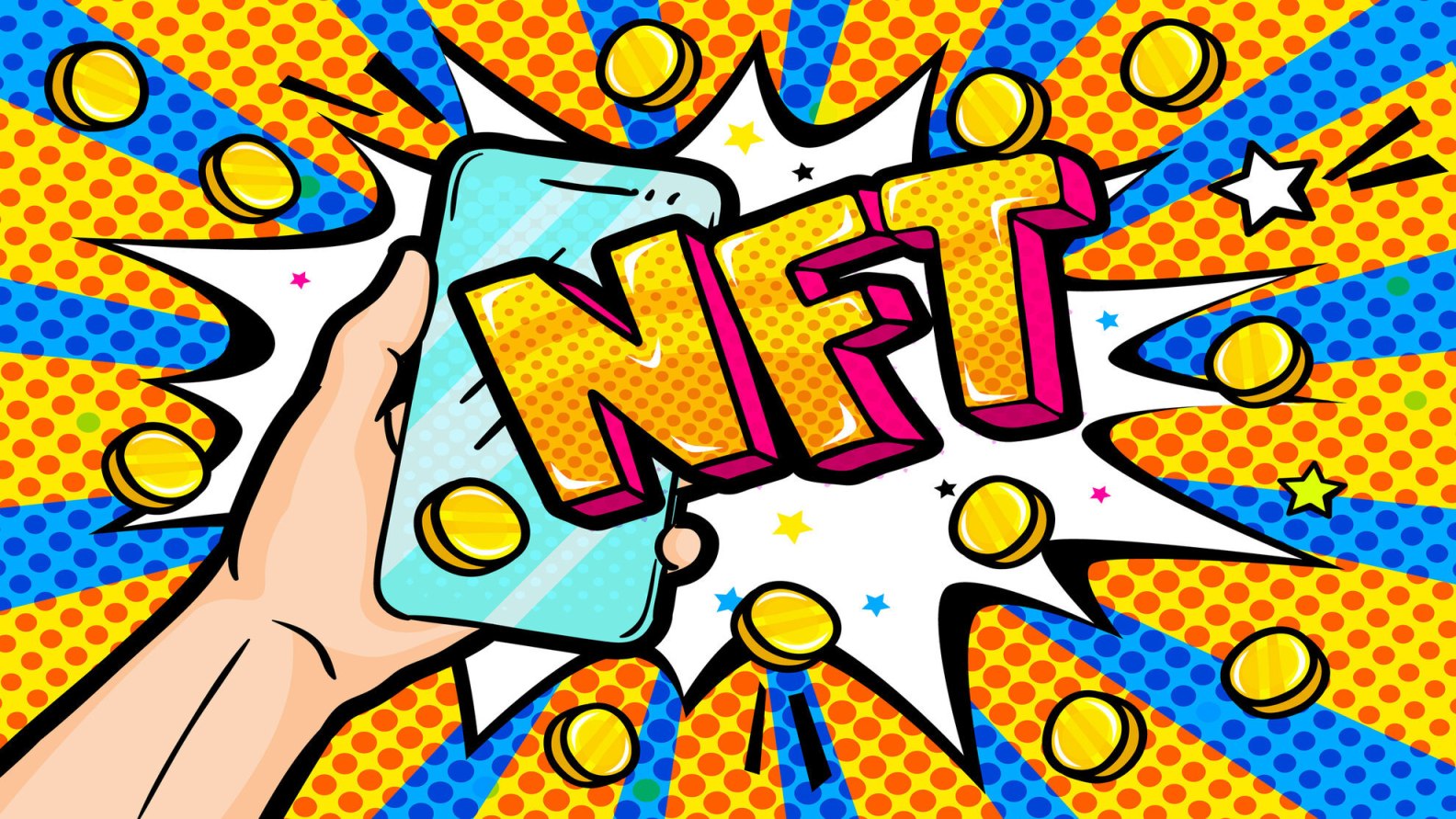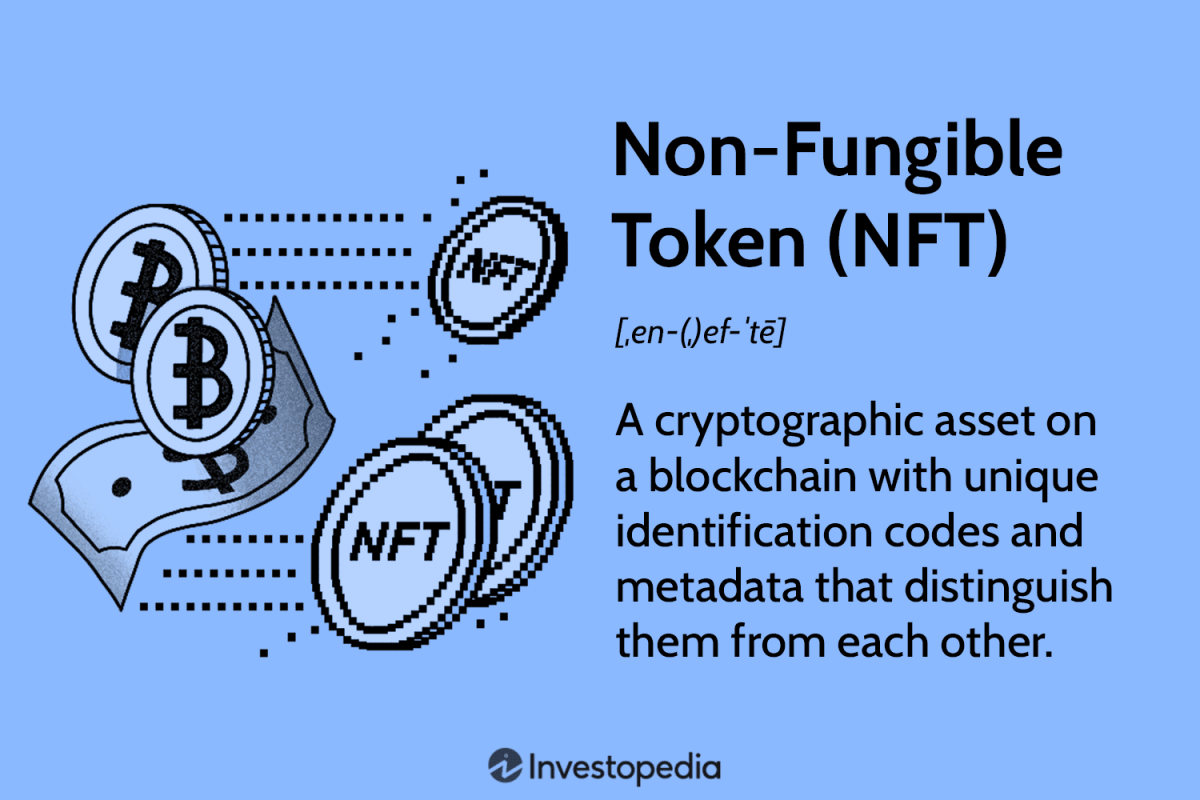What Is The Meaning Of NFT
Introduction
Hello, NFT Enthusiasts! Welcome to this comprehensive article that aims to shed light on the meaning of NFT. In recent times, the term NFT has gained significant attention in the digital world. NFT stands for Non-Fungible Token, and it has revolutionized various industries, including art, music, and gaming. In this article, we will explore what NFTs are, how they work, their advantages and disadvantages, and why they have become so popular. So, let’s dive deep into the world of NFTs and uncover their true meaning.
What is NFT?
NFT, an abbreviation for Non-Fungible Token, refers to a unique digital asset that can be bought, sold, or traded using blockchain technology. Unlike cryptocurrencies such as Bitcoin or Ethereum, which are fungible and can be exchanged on a one-to-one basis, NFTs are indivisible and cannot be exchanged on an equal basis. Each NFT possesses distinct characteristics and cannot be replicated, making it one-of-a-kind.
How do NFTs Work?

Image Source: uecdn.es
NFTs are built on blockchain technology, which ensures transparency, security, and immutability. They are typically created and stored on a blockchain, such as Ethereum, using smart contracts. These smart contracts contain information about the ownership, authenticity, and metadata of the NFT. When someone purchases an NFT, the ownership record is updated on the blockchain, making it verifiable and traceable.
Who Can Create NFTs?
Anyone can create NFTs, regardless of their background or profession. Artists, musicians, content creators, and even individuals with unique digital possessions can tokenize their creations and convert them into NFTs. This has opened up new possibilities for creators to monetize their work directly, without relying on intermediaries or traditional gatekeepers.
When Did NFTs Gain Popularity?
NFTs gained significant popularity in early 2021, although the concept has been around for several years. The surge in interest can be attributed to several high-profile sales and endorsements by celebrities, artists, and influencers. These endorsements brought NFTs into the mainstream and ignited a cultural phenomenon, with NFT marketplaces witnessing a surge in activity and sales.
Where Can NFTs Be Bought and Sold?

Image Source: investopedia.com
NFTs can be bought and sold on various online platforms called NFT marketplaces. These marketplaces serve as the primary trading platforms for NFTs, connecting buyers and sellers from across the globe. Some popular NFT marketplaces include OpenSea, Rarible, SuperRare, and NBA Top Shot. These platforms provide users with the opportunity to discover, purchase, and trade a wide range of NFTs.
Why Have NFTs Become So Popular?
NFTs have become popular due to several reasons. First, they have enabled creators to directly monetize their work, providing them with new revenue streams. Second, NFTs offer a new level of ownership and provenance, allowing collectors to own and trade digital assets securely. Lastly, the scarcity and uniqueness of NFTs have attracted investors and collectors, seeking to be part of the growing digital art and collectibles market.
How Can You Create Your Own NFT?
If you’re interested in creating your own NFT, the process is relatively straightforward. You can start by researching the different blockchain platforms that support NFT creation, such as Ethereum, Binance Smart Chain, or Flow. Once you’ve chosen a platform, you’ll need to set up a digital wallet and obtain some cryptocurrency to cover the transaction fees. From there, you can explore various NFT marketplaces that provide tools and guides on how to mint and list your NFT for sale.
Advantages and Disadvantages of NFTs
Advantages of NFTs
1. Authenticity: NFTs provide a unique digital signature that certifies the authenticity and ownership of a digital asset.
2. Direct Monetization: Creators can sell their work directly to consumers, eliminating the need for intermediaries and increasing revenue potential.
3. Fractional Ownership: NFTs can be divided into smaller fractions, allowing multiple individuals to own a portion of a valuable digital asset.
4. Global Reach: NFTs can be bought and sold globally, enabling creators to reach a broader audience and expand their market.
5. Traceability: The blockchain technology used in NFTs ensures transparent and verifiable ownership records, reducing the risk of fraud or disputes.
Disadvantages of NFTs
1. Environmental Impact: The creation and trading of NFTs consume a significant amount of energy, leading to concerns about their carbon footprint.
2. Volatility: The value of NFTs can be highly volatile, making it difficult to predict their long-term investment potential.
3. Lack of Regulation: The NFT market is still relatively new and lacks comprehensive regulations, which can expose buyers and sellers to potential risks.
4. Copyright Infringement: NFTs have raised concerns about copyright infringement, as the ownership of digital assets may not necessarily grant the rights to the underlying content.
5. Accessibility: The current high transaction fees and technical barriers associated with NFTs can limit access for creators and buyers with limited resources.
FAQs about NFTs
1. Are NFTs only limited to digital art?
No, NFTs can encompass various digital assets, including music, videos, virtual real estate, virtual goods in games, and even tweets.
2. Can I sell an NFT if I don’t own the copyright to the content?
Yes, owning an NFT doesn’t necessarily grant you the rights to the underlying content. However, it signifies ownership of the specific tokenized instance of that content.
3. Can NFTs be replicated or copied?
No, NFTs are built on blockchain technology, which ensures their uniqueness and prevents replication or copying.
4. Can I transfer an NFT to someone else?
Yes, NFTs can be transferred to another individual through a digital wallet, along with the associated ownership records.
5. Can I display my NFT in a physical form?
While NFTs primarily exist in the digital realm, some creators have found innovative ways to display them physically, such as through digital frames or screens.
Conclusion
In conclusion, NFTs have emerged as a groundbreaking technology, revolutionizing the way we perceive and trade digital assets. They have opened up new possibilities for creators, collectors, and investors, providing unique ownership experiences and direct monetization opportunities. However, as with any emerging technology, NFTs come with their own set of advantages and disadvantages. Understanding the meaning of NFTs and their implications is essential for anyone looking to explore this exciting space. So, whether you’re an artist, a collector, or simply curious about the digital revolution, consider delving into the world of NFTs and discovering the endless possibilities they offer.
Final Remarks
It is important to note that the NFT market is still evolving, and its long-term impact is yet to be fully understood. As a potential investor, creator, or enthusiast, it is essential to conduct thorough research and exercise caution. Additionally, the environmental concerns surrounding the energy consumption of NFTs should not be overlooked, and efforts should be made to minimize the carbon footprint associated with their creation and trading. The world of NFTs holds great promise, but it is crucial to approach it with a discerning eye and a commitment to responsible participation. Happy exploring!